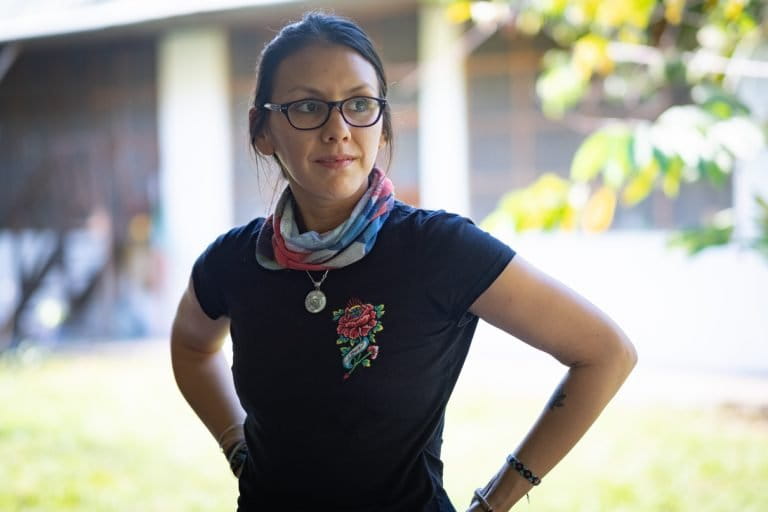- Vizcarra has inherited the task of making critical decisions on the long-term, global benefit of an intact Amazon against short-term profits from mining, extraction and both legal and illegal logging.
- Nowhere is this struggle for balance more critical than in the country’s nature reserves and national parks such as Manu National Park.
- Manu is renowned as one of the world’s richest biodiversity hotspots, with greater numbers of certain plants and animals than any other park on the planet.
- Critics cite a legacy of neglect and question whether the Vizcarra administration will do any better enforcing the nation’s environmental protection laws.
MANU NATIONAL PARK, Peru — There was movement in the understory deep in the dense rainforest off Trail 6. We saw a shadow scurry left to right, followed by more rustling. White-lipped peccary. Several of them.
“You’re going to be as quiet as you’ve ever been in your life,” biologist Miles Silman told me as he stepped off the trail, lifting his muddied, shin-high rubber boots and setting them down softly, silently. I followed, mimicking his steps, looking for spongy footfalls, avoiding branches. Silman is with Wake Forest University in North Carolina, and has been doing field research in these jungles for more than a quarter of a century.
It had already been a productive early-morning hike in Cocha Cashu Biological Station (CCBS), a world-renowned tropical ecology field station in the middle of Manu National Park in the southern Peruvian Amazon.
Manu is equally renowned as the world’s richest biodiversity hotspot. It has a greater number of species — trees, frogs, birds such as horned screamers and hoatzins, butterflies, primates such as emperor tamarin and howler monkeys, snakes, big cats such as jaguar and puma, and oddball mammals such as giant otters, tapir, capybara, giant anteaters and spectacled bears — than any other park on the planet.

We set out in search of peccary after we had already marveled at a fist-sized pygmy marmoset with an even tinier baby clinging to her furry, brown back. Squirrel and spider monkeys, working in tandem, leaped through the canopy in search of fruiting fig trees. A flock of jet-black, razor-billed curassows, the size of wild turkeys and just as graceless in flight, crashed from tree to tree. A twig-thin snake the color of leaf litter slithered underfoot. Spiderwebs with shining interior spirals alerted birds and bats to steer clear.
If ever there were a Garden of Eden, a lightly trammeled old-growth forest with soaring trees and nature in near-perfect harmony, Cocha Cashu is it. But like everything else in the tropics, the entire ecosystem is struggling from the effects of global warming. And Manu, established in 1973 and roughly the size of Connecticut, is also under threat from human incursions inside and outside its borders, just like so many other Peruvian nature preserves.








